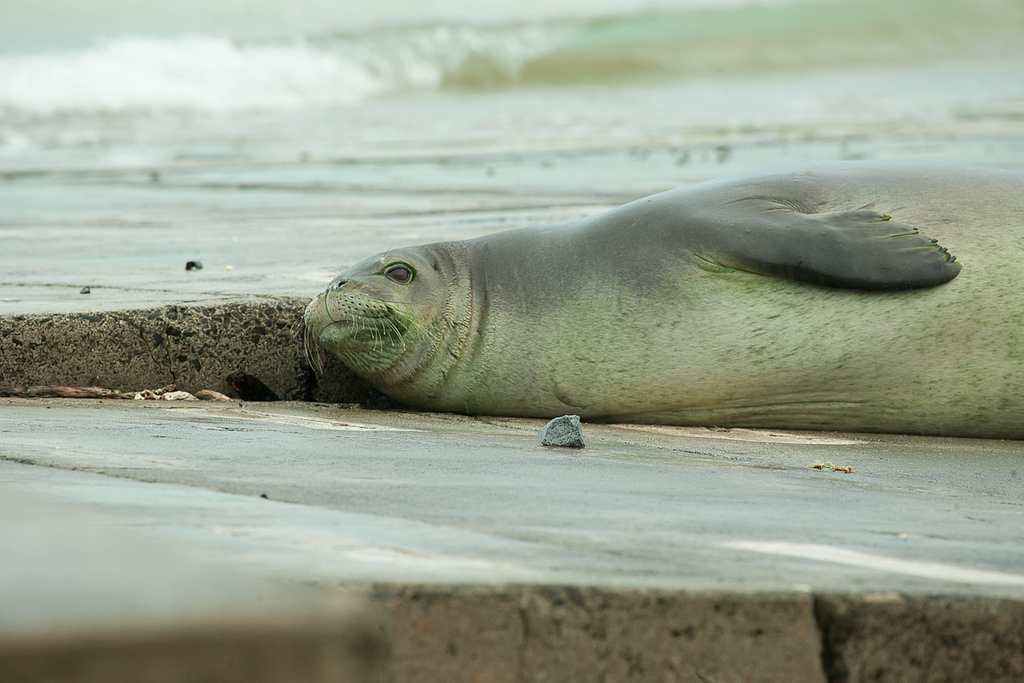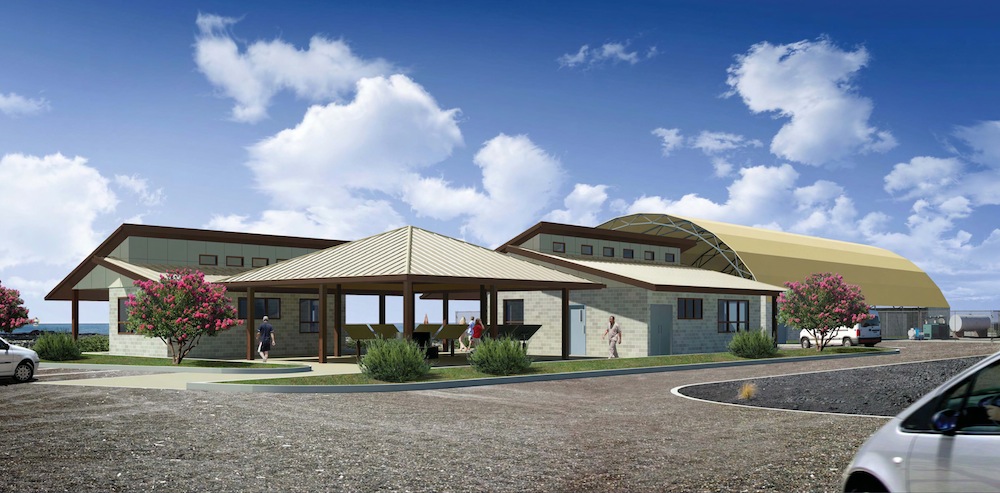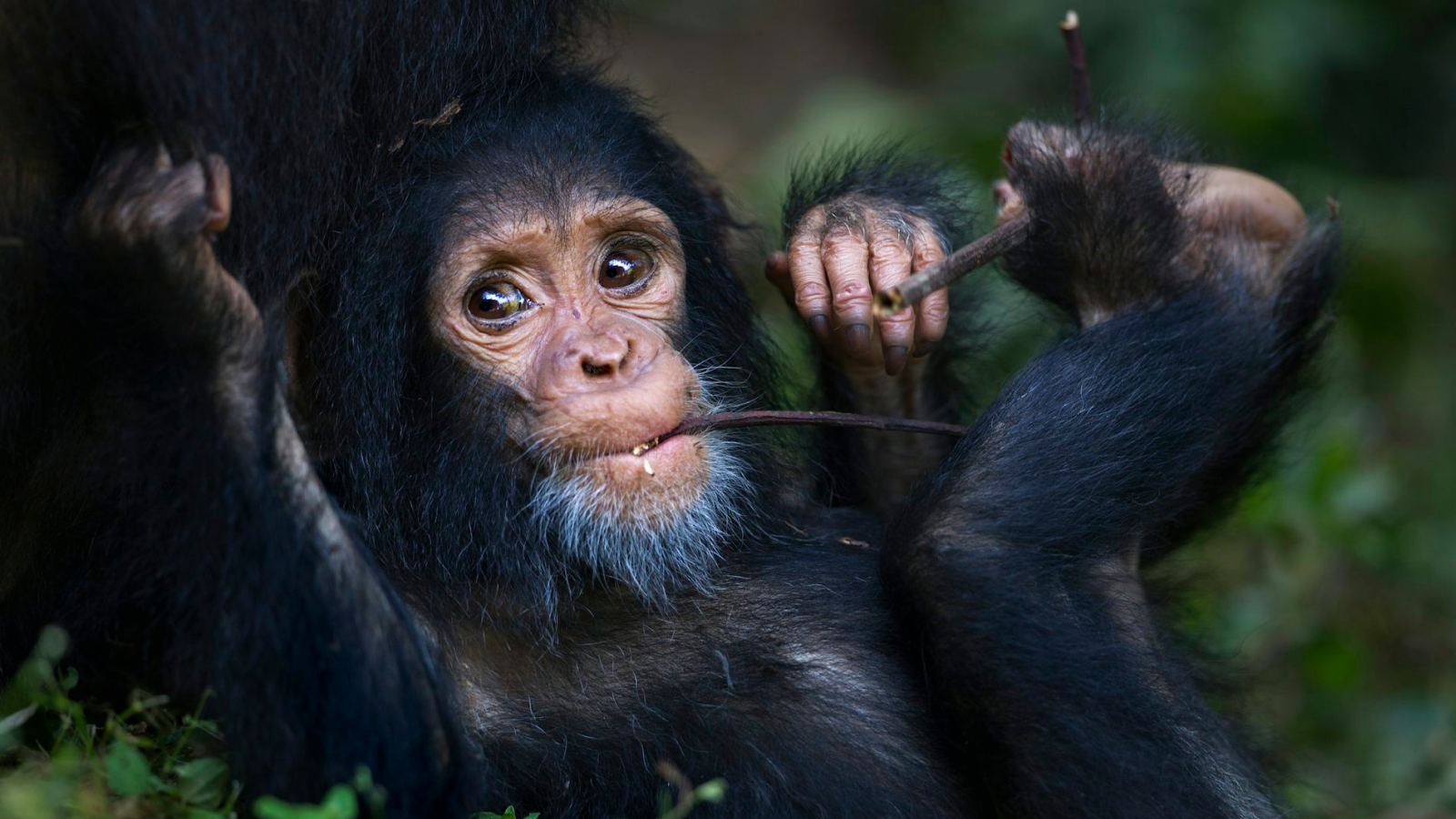Hawaiian Monk Seal Hospital Aims to Save Endangered Species

A new hospital for sick or injured Hawaiian monk seals is nearing completion, and will open its doors to seagoing patients this summer.
The Hawaiian Monk Seal Hospital, being built in Kailua-Kona, Hawaii, by The Marine Mammal Center, a nonprofit veterinary organization in Sausalito, Calif., is now fully funded. The $3.2 million facility will care for the critically endangered animals and release them back into the wild when healthy.
"Every little pup, specifically a female, that we can bring to reproductive age is going to help that population," Jeff Boehm, executive director at The Marine Mammal Center, told Live Science. "Every adult female that is injured or ill that we can bring back to health and get back out into the reproductive population is going to be significant." [Images of Rescued Seals and Sea Lions]
The Hawaiian monk seal is the most endangered pinniped (a group that includes seals, sea lions and walruses) in the United States, according to The Marine Mammal Center. The population of these charismatic creatures has declined by 3 to 4 percent each year for the past decade, and fewer than 1,100 seals remain in the wild.
Monk seal pups can become entangled in ocean trash or face threats from predation or changes in the food chain, and fewer than 1 in 5 of the seal pups survive their first year.
The new seal hospital, named Ke Kai Ola (Hawaiian for "The Healing Sea"), will have two newborn rehabilitation pens and pools, quarantine pen areas and two larger pens and pools for juvenile seals. In addition, the facility will have a medical lab, staff office, food preparation kitchen and education pavilion.
The Marine Mammal Center broke ground on the hospital on Sept. 15, 2012. The center chose the Big Island location despite the fact that more monk seals live in the most Northwestern Hawaiian Islands, because its location has the infrastructure to pump up clean seawater from the deep and because of its proximity to an airport. "We're going to have to move animals by plane one way or another," Boehm said.
Get the world’s most fascinating discoveries delivered straight to your inbox.
There are two populations of Hawaiian monk seals. About 100 seals live in the main Hawaiian Islands, and 1,000 live in the Northwestern Hawaiian Islands. The northwest population is declining rapidly, whereas the main island population is growing. This means more human-seal interaction, and care must be taken to prevent harm to the seals, Boehm said.
The Marine Mammal Center is working with NOAA Fisheries, the Hawaiian Monk Seal Recovery Team and the Hawaii Wildlife Fund to build the monk seal hospital.
"By providing a state-of-the-art facility, [The Marine Mammal Center will] help us save seals that have all too often been left on the beach to die," Charles Littnan, lead scientist for NOAA Fisheries Hawaiian Monk Seal Research Program, said in a statement.
Follow Tanya Lewis on Twitter and Google+. Follow us @livescience, Facebook & Google+. Original article on Live Science.




